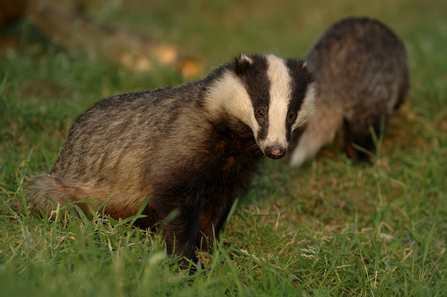Ahead of the Government’s badger culls starting in Somerset and Gloucestershire for the second year, The Wildlife Trusts are calling for a nationally coordinated, and funded, badger vaccination strategy to be delivered in conjunction with measures to tackle the disease in cattle.
The conservation organisation’s badger vaccination report, published today, outlines the progress of 10 badger vaccination schemes over the past three years. These schemes have seen vaccinations given on Wildlife Trust nature reserves and privately-owned land, in partnership with farmers, vets and other landowners.
The report includes lessons learned from activity so far, as well as a detailed description of the vaccination process including costs (£380 per dose administered/£6,252 per km2). Cost of delivery is variable and depends on the size, nature and accessibility of the sites involved. First year costs are generally much higher than ongoing costs due to training, certification and capital equipment requirements. Vaccination across large areas of land or adjoining land units will reduce delivery costs if equipment and resources can be shared, and is expected to provide greater disease control benefits within badger populations.
The report states that, although offering the most effective approach to dealing with bovine TB in badgers, vaccination represents only one element of an overarching strategy to reduce prevalence of the disease in cattle, and should therefore be delivered alongside a comprehensive package of cattle measures.

